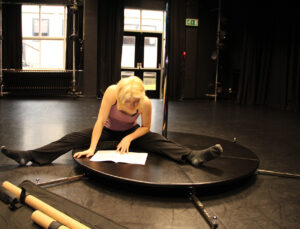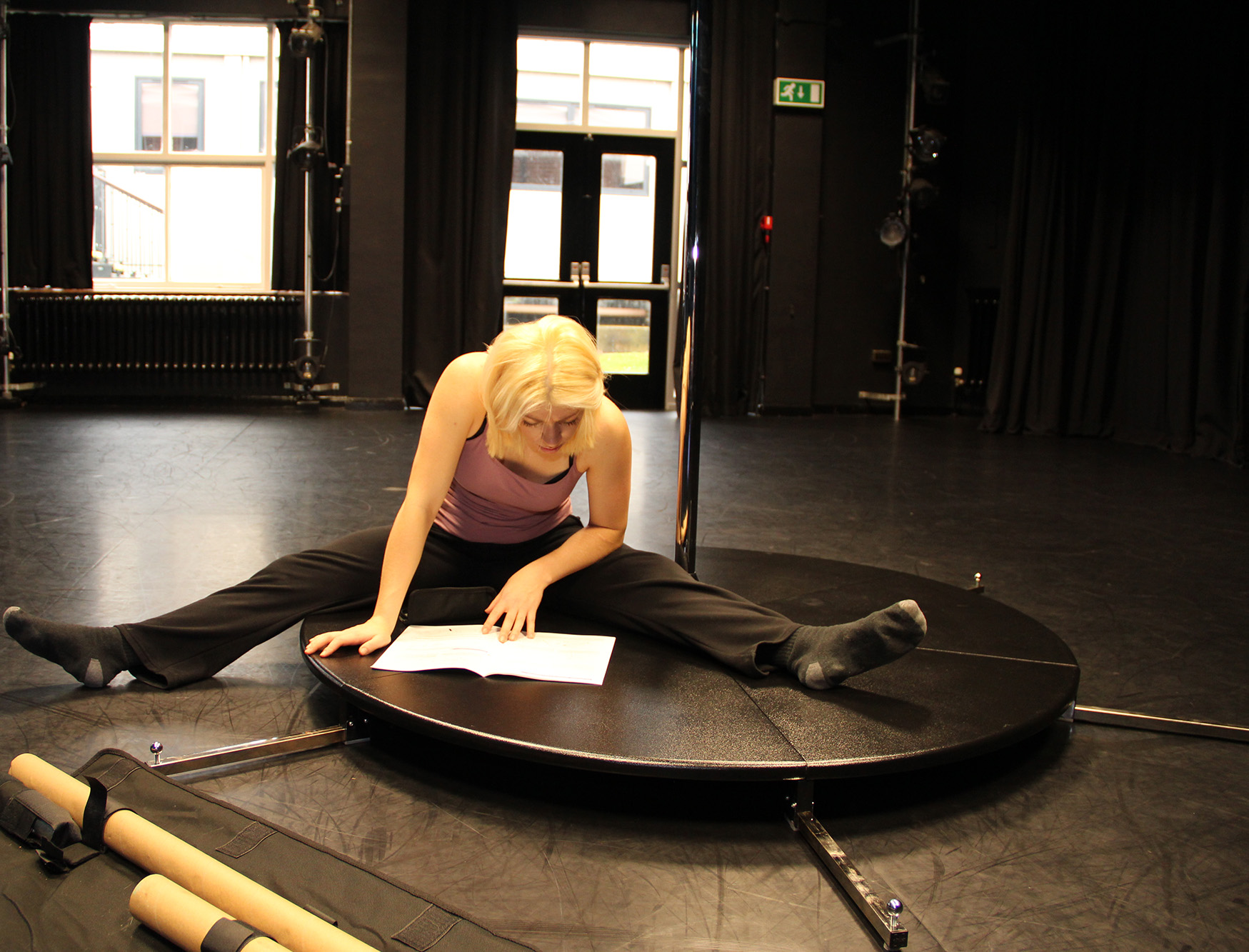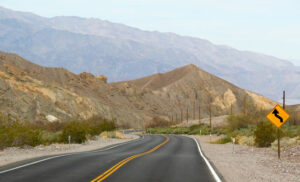Using Imagery as a Stimulus for Choreography
 I’m currently reading “The Creative Habit” by Twyla Tharp, a well-known modern Dance choreographer who is an inspiration to many dancers. The book is a great read so far so I highly recommend it. Through reading this book I have thought a lot about how I am stimulated as a choreographer and although I tend to write, I usually transform this writing into some sort of imagery. The imagery then provides another stimulus for me to work with, which will then result in a work or a short movement phrase that contains links to my thoughts within the original writing.
I’m currently reading “The Creative Habit” by Twyla Tharp, a well-known modern Dance choreographer who is an inspiration to many dancers. The book is a great read so far so I highly recommend it. Through reading this book I have thought a lot about how I am stimulated as a choreographer and although I tend to write, I usually transform this writing into some sort of imagery. The imagery then provides another stimulus for me to work with, which will then result in a work or a short movement phrase that contains links to my thoughts within the original writing.
When thinking about using imagery as a stimulus for pole dance it is important to give the pole a specific point within the image you’re focusing on. Any particular point is fine if you are just playing around with ideas, but I would often use it as the first thing that stands out in the image.
Initially you might think that it’s just a road, but let’s look at what can happen if we use it as a creative tool for a phrase of movement.
- Travelling, adventure, moving away or coming home.
- The line in middle of the road might represent the pole and will therefore divide two separate directions, two separate journeys.
- There are no road signs so you can’t quite see where it is headed. This presents something mysterious, the unknown.
Those three points could allow you to achieve a clear concept of where your short work could go.
The travelling might bring up a memory for you; what was happening in the car at that point? Where were you going? Were you travelling in the direction you desired or did you want to change course, cross over and turn around?
The further along the road you travel, the higher up the pole you can go. It initiates a reason to do something. What if you were toying with the idea of turning around? Could that be translated by climbing up and down the pole somehow?
Would it be fine that you don’t know where you are, that there are no road signs? This might justify you not going as high up on the pole because you don’t feel the need to rush to see what is ahead. You’re quite happy being in the present. Being in the adventure. Why was it adventurous? Who was with you?
All of those questions can be answered with movement. Give it a try. You can use the picture I have been referring to or you can use any of your own. This task with hopefully expand your movement vocabulary and give you an understanding of how you can stimulate your practice.
Rowena x
Be sure to sign up to Pole Purpose newsletter and follow on Twitter, and Instagram and Youtube.





No Comments